Approximately 5-10% of cats are long-haired. Long-haired cats require regular grooming to maintain their coat health and prevent matting.
These fluffy felines come in various breeds, each with its unique characteristics and grooming needs. Long-haired cats are known for their luxurious fur and elegant appearance, making them popular choices for many cat lovers. From the majestic Maine Coon to the glamorous Persian, long-haired cats add a touch of sophistication to any home.
Despite their stunning looks, long-haired cats require extra care to keep their coats in top condition. Regular brushing, grooming, and occasional visits to the groomer are essential for keeping these furry companions happy and healthy. Let’s explore the world of long-haired cats and discover what makes them so special.
The Feline Coat Spectrum
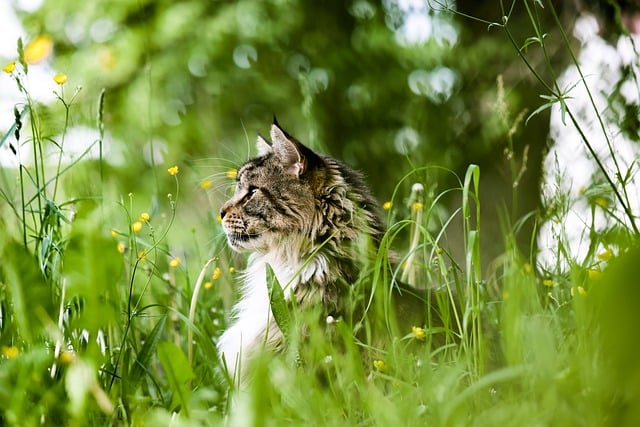
Varieties Of Cat Hair Length
Long-haired cats are a delightful addition to any family, but have you ever wondered what percentage of cats are long-haired? The answer may surprise you. Long-haired cats form about 10% of the feline population, with the remaining 90% being short-haired or medium-haired. Long-haired breeds such as the Persian, Maine Coon, and Ragdoll are known for their luxurious, flowing coats that require regular grooming to keep them looking their best. These breeds are popular for their stunning appearance and gentle demeanour, adding a touch of elegance to any household.
Genetics Of Fur: The Basics
The length of a cat’s fur is determined by genetics, with both parents contributing to the coat type of their offspring. The genes responsible for fur length are inherited from the cat’s ancestors, and breeders carefully select for specific traits to produce long-haired or short-haired kittens. It’s fascinating to explore the genetic diversity that contributes to the wide range of feline coat lengths we see today.
Defining Long Haired Cats
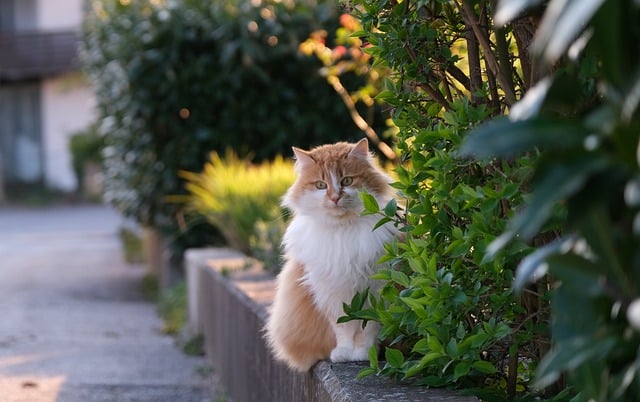
Characteristics Of Long Haired Breeds
Long haired cats have fur that grows longer than the average cat, often requiring more grooming.
Long Hair Vs. Semi-long Hair
Long hair breeds have fur that grows significantly longer than semi-long hair breeds.
Breeds With Luxurious Long Locks
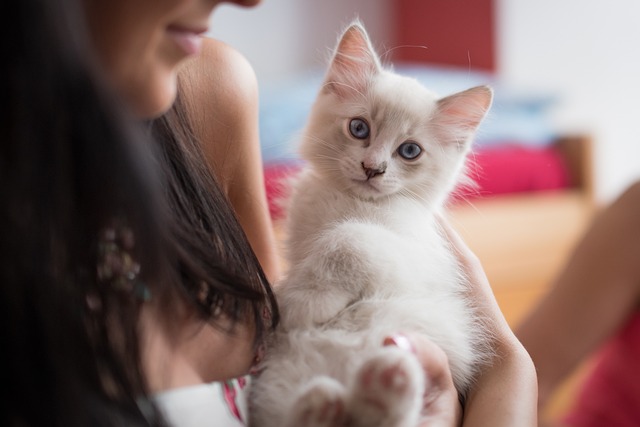
When it comes to feline beauty, there’s something undeniably captivating about a cat with luxurious long locks. These breeds exude an air of elegance and grace, with their flowing fur and regal presence. Let’s have a closer look at the world of long-haired cats, from the popular breeds to the rare and exotic varieties that are sure to capture your heart.
Popular Long Haired Cat Breeds
Maine Coon: Known for its gentle nature and impressive size, the Maine Coon is a beloved long-haired breed with a strikingly beautiful coat that can come in various colours and patterns.
Persian: With its distinctive flat face and long, flowing fur, the Persian cat is a true icon of long-haired elegance, often seen in glamorous cat shows and on social media.
Ragdoll: Renowned for its affectionate and docile temperament, the Ragdoll cat boasts a semi-long, silky coat that is a delight to touch and admire.
Siberian: This ancient Russian breed is prized for its hypoallergenic qualities and dense, water-resistant coat that helps it thrive in cold climates.
Rare And Exotic Long Haired Cats
Turkish Van: Characterized by its striking coat pattern and love of water, the Turkish Van is a rare long-haired breed that hails from the rugged terrain of eastern Turkey.
Norwegian Forest Cat: With a majestic appearance and a thick, insulating coat, the Norwegian Forest Cat is a rare and ancient breed that has captivated cat enthusiasts for centuries.
Somali: A long-haired version of the Abyssinian, the Somali cat boasts a wild and untamed appearance, with a stunning coat that shimmers in the sunlight.
Highland Lynx: This unique and rare breed features curled ears and a striking coat that comes in various patterns and colours, making it a truly exotic addition to any feline-loving household.
Statistical Fur Facts
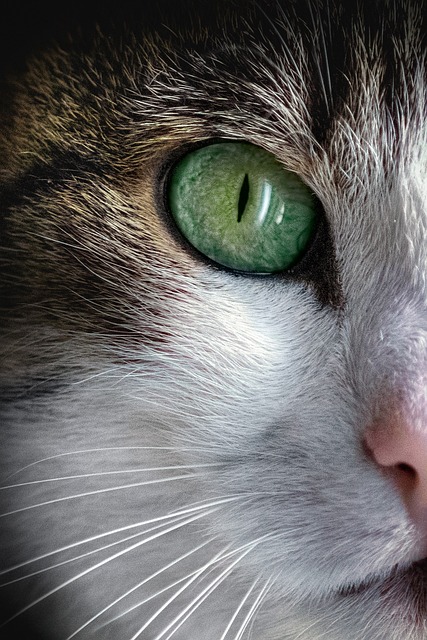
Cats come in various fur lengths, with long-haired cats being a popular choice among pet owners. Let’s explore the percentage of cats that fall into this category.
Estimating The Proportion Of Long Haired Cats
Out of all domestic cats, approximately 10% are long-haired, adding a touch of elegance to homes worldwide.
Factors Influencing Long Haired Populations
- Genetics play a significant role in determining a cat’s fur length.
- Climate and geographic location can influence the prevalence of long-haired cats.
- Breeds like Maine Coon and Persian are known for their luxurious, long fur coats.
Geographical Influence On Fur Length
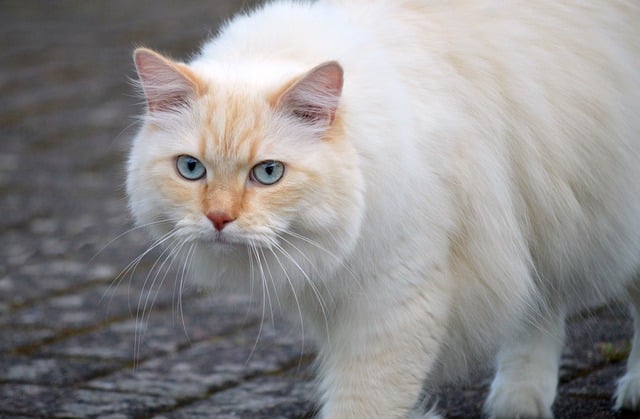
Climate plays a vital role in the development of a cat’s fur. Long haired cats are more common in regions with colder climates.
Climate’s Role In Fur Development
In colder climates, cats develop longer fur to adapt to the chilly temperatures.
Warmer regions tend to have more short-haired cats due to the heat.
Long Haired Cats Around The World
- Norwegian Forest Cats: Originate from Norway, known for their thick, long fur.
- Persian Cats: Native to Persia, they have luxurious, flowing coats.
| Region | Common Long-Haired Breeds |
|---|---|
| Russia | Siberian, Russian Blue |
| United States | Maine Coon, Ragdoll |
The Grooming Commitment
Long-haired cats are undeniably beautiful creatures, but their majestic coats require a significant grooming commitment. Understanding the maintenance and challenges associated with caring for long-haired felines is essential for prospective cat owners.
Maintenance Of Long Haired Cats
Long-haired cats necessitate regular grooming to prevent mats and tangles. Brushing their coats several times a week can help minimize shedding and maintain their luxurious fur. Additionally, bathing long-haired cats occasionally is crucial to keep their coats clean and free from dirt and debris.
Common Grooming Challenges
Grooming long-haired cats can present various challenges, such as hairballs and matted fur. Regular brushing and grooming can help reduce the occurrence of hairballs, while matted fur may require careful detangling to prevent discomfort for the cat.
Health Considerations For Long Haired Cats
Long haired cats are a popular choice for many pet owners, but it’s important to be aware of the health considerations that come with these breeds. Health Considerations for Long Haired Cats include skin issues that are specific to long haired breeds and the importance of regular check-ups to ensure their well-being.
Skin Issues In Long Haired Breeds
Long haired cats are prone to skin issues due to the length and density of their fur. Skin problems can arise from matting, which can trap dirt and moisture close to the skin, leading to irritation and potential infections.
The Importance Of Regular Check-ups
Regular check-ups are crucial for long haired cats to monitor their skin health and overall well-being. Vet visits can help detect any skin issues early on and prevent them from escalating into more serious conditions.
Adopting A Long Haired Companion
Long-haired cats form about 10% of the feline population. Adopting a long-haired companion can bring joy and companionship into your life. These fluffy felines require regular grooming to keep their coat healthy and tangle-free.
Where To Find Long Haired Cats For Adoption
When considering adopting a long haired cat, it’s essential to find the right place to do so. Local animal shelters and rescue organizations are excellent places to start your search. These facilities often have various long haired cats in need of loving homes. Additionally, online platforms such as Petfinder and Adopt-a-Pet can connect you with long haired cats available for adoption in your area. Remember to thoroughly research and visit the facility or organization to ensure that the adoption process is reputable and ethical.
Preparing Your Home For A Long Haired Cat
Adopting a long haired cat requires some preparation to ensure a smooth transition for both you and your new feline companion. Create a safe and comfortable space for your cat by setting up a cosy bed, providing scratching posts, and ensuring access to clean water and nutritious food. It’s also essential to invest in grooming tools such as a high-quality brush to maintain your long haired cat’s coat. Additionally, consider the potential for shedding and take proactive measures to keep your home clean and tidy, such as regular vacuuming and using furniture covers. By preparing your home thoughtfully, you can create a welcoming environment for your new long haired cat.
Overall, the process of adopting a long haired cat involves careful consideration and preparation. By finding the right place for adoption and preparing your home accordingly, you can ensure a smooth and fulfilling experience for both you and your new feline friend.
Frequently Asked Questions
How Rare Are Long-haired Cats?
Long-haired cats are not very rare. In fact, many breeds have long hair as a standard feature, such as the Persian and Maine Coon. However, long hair can also occur in mixed-breed cats, making it difficult to determine the exact frequency.
Are Long-haired Cats Less Common?
Yes, long-haired cats are less common compared to short-haired cats due to the extra grooming care needed.
What Is The Most Common Cat Hair Type?
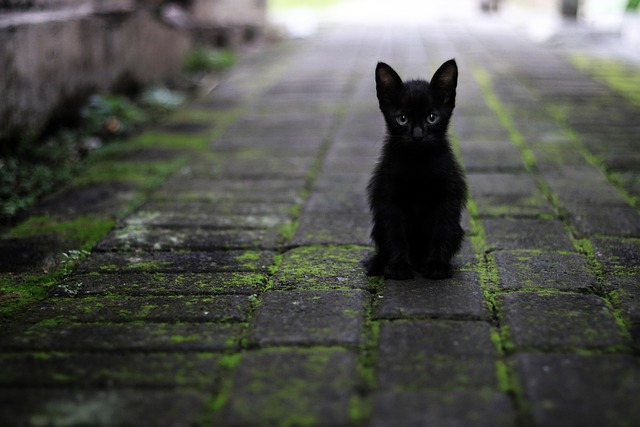
The most common cat hair type is called “guard hair,” which is the longer, coarser outer layer of fur that provides protection and insulation for the cat.
Are Long-haired Cats Pricier?
Long-haired cats can be pricier than short-haired cats due to the extra grooming and maintenance required to keep their coats healthy. They may also be more prone to certain health issues. However, pricing can vary depending on breed and location.

As we have learned, the percentage of long haired cats is relatively low compared to their short haired counterparts. However, this does not diminish the beauty and allure of long haired felines. Whether you prefer the low-maintenance short hair or the luxurious long hair, all cats make wonderful pets and companions.
Understanding the differences between the two types can help you make an informed decision when choosing your next furry friend.
